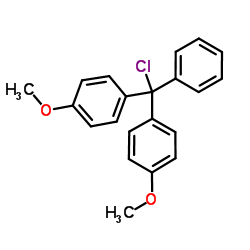| Structure | Name/CAS No. | Articles |
|---|---|---|
 |
Water
CAS:7732-18-5 |
|
 |
Lithium chloride
CAS:7447-41-8 |
|
 |
4,4'-Dimethoxytrityl chloride
CAS:40615-36-9 |